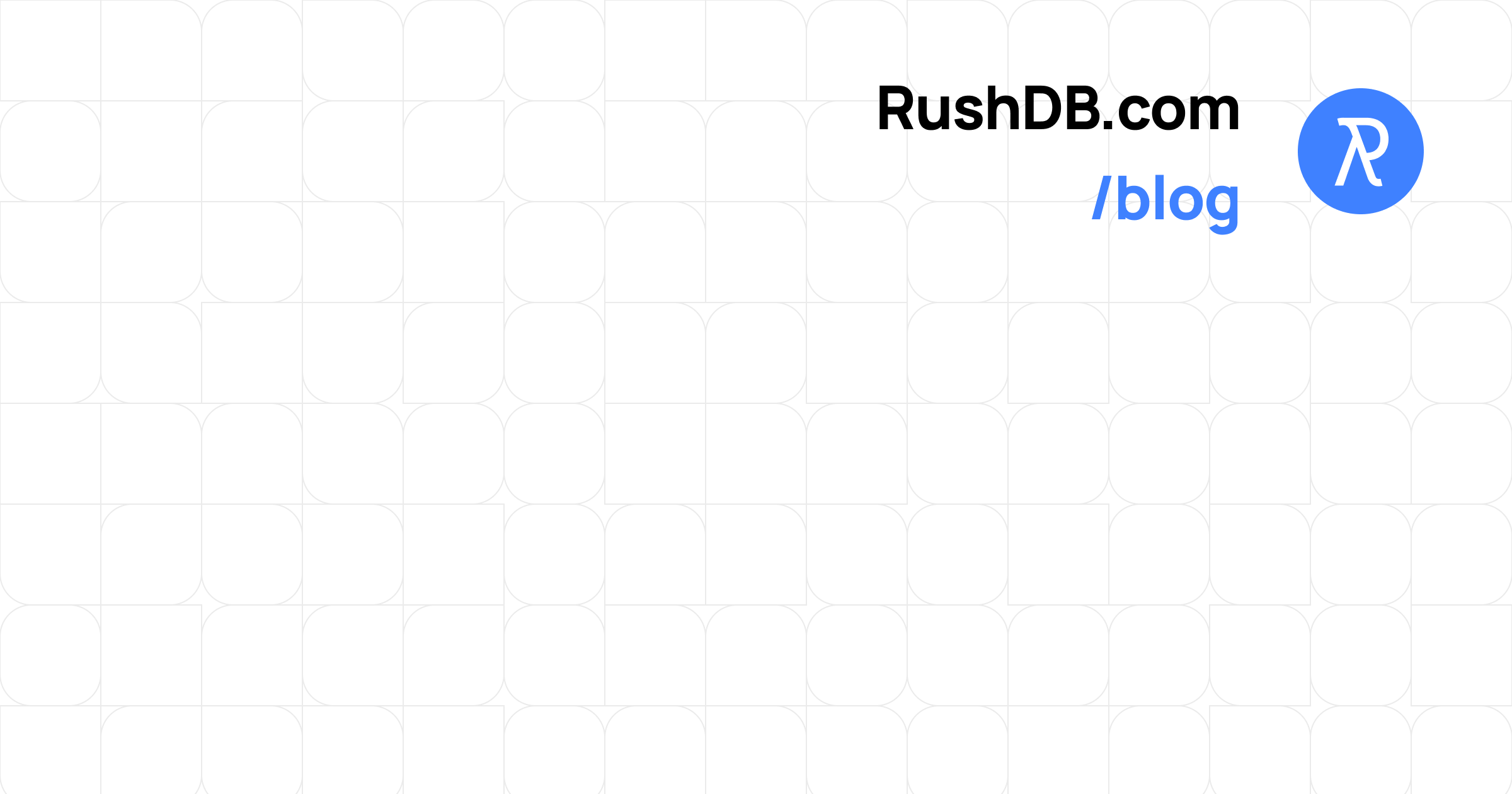Rethinking the Graph: How Labeled Meta-Property Graphs Unlock Structure Without Sacrificing Flexibility
A Metadata-Centric Breakthrough for Data Teams Battling Schema Chaos
In today’s world of messy, evolving, and high-dimensional data, property graphs are the de facto choice for modeling relationships. But there’s a problem. Traditional property graphs—where key-value pairs are embedded inside nodes—are starting to feel like rigid spreadsheets trapped in a graph’s body.
As datasets grow in complexity, and metadata becomes just as important as the data itself, a new model is emerging from research labs and production systems alike: the Labeled Meta-Property Graph (LMPG).
Let’s break it down.
The Core Problem: Properties as Second-Class Citizens
In conventional property graphs, properties are just passive attributes—strings, numbers, flags—sitting on the sidelines. They have no identity, no metadata, no traceability. You can’t query “What kind of properties exist in my graph?” or “Which entities have a property of type string called color?” without scanning everything.
This leads to three major issues:
-
💀 No Schema Discovery You can't reliably answer what your data looks like—at least not without dumping and diffing half the graph.
-
🕳 No Metadata-Driven Querying Good luck finding all records that use the same field across labels or domains.
-
🔧 Fragile Schema Evolution Adding new property types or changing usage patterns risks breaking implicit assumptions baked into your app logic.
Enter LMPG: The Metadata-First Graph Model with Structural Guarantees
Labeled Meta-Property Graphs (LMPGs) advance the concept of Meta-Property Graphs by making one architectural decision clear:
Each property node is not only queryable—it is labeled with a
nameandtypethat define how the value behaves.
In RushDB’s implementation:
This simple topology enables semantically typed metadata—where every piece of data knows exactly which property name and type it’s associated with.
This enables:
-
🧠 Typed Traversals Traverse to all records that use
stringproperties called"status"or allnumberproperties named"concentration", without touching full-text. -
🔍 First-Class Schema Indexing
Propertynodes act like centralized indexes for fields across labels—fully inspectable, filterable, and linked. -
🧬 Evolution Without Breakage New properties? No problem. They become new
Propertynodes. Existing data stays untouched, queries stay consistent.
RushDB: The First Production Graph Engine Built on LMPG
While others experiment, RushDB natively implements the Labeled Meta-Property Graph architecture as its core data model. This isn't an overlay or plugin—it’s the foundation.
Here's how RushDB does it:
-
✅ Metadata Nodes with Labels and Types Every property is modeled as a
Propertynode with enforced{name, type}structure—allowing type-safe semantics and query planning. -
✅ Records Store Values Inline, Structure via Graph For performance, values live inside
Recordnodes—but structure is captured relationally in the graph itself. -
✅ Automatic Property Discovery & Linking on Ingest RushDB’s BFS JSON parser walks nested data and autogenerates labeled
Propertynodes on-the-fly, linking every record throughPROPERTY_RELATIONedges. -
✅ Self-Descriptive, Introspectable Graphs Any dataset ingested becomes its own living schema. Just query
MATCH (p:Property)to explore the ontology.
LMPG in the Wild: Real-World Wins
| Use Case | How LMPG via RushDB Helps |
|---|---|
| 🔬 Scientific lab data | Unify LIMS/ELN fields by type+name, detect anomalies in measurements |
| 📊 Schema governance | Track field usage across records dynamically without external docs |
| ⚖️ Regulatory reporting | Prove field type and lineage without brittle schema migrations |
| 🧠 AI/ML preprocessing | Select semantically compatible fields for training pipelines |
| 🧱 Schema-on-read at scale | Add structure post-ingest without up-front schema constraints |
Final Thoughts: Structure That Evolves With You
Most graph databases either go rigid schema or total schema-less chaos. RushDB, powered by Labeled Meta-Property Graphs, gives you the best of both:
- Schema emerges as your data grows
- Metadata becomes actionable infrastructure
- Querying becomes semantically grounded
If you're building anything with unstructured, API-fed, JSON-heavy, cross-domain data—and want schema governance without rigidity—RushDB is ready to serve your use case.
This is not a theory. It’s real, open-source, production-ready graph infrastructure that thinks in terms of labels, types, and relationships—even at the property level.
Start modeling with context, not just connections.
Ready to Build Faster? Zero Config Database for Modern Apps & AI
Join developers shipping at maximum velocity. Push JSON, query instantly with our auto-normalizing graph database. Zero setup, zero schemas — just pure, frictionless development. 2 projects free forever, no credit card required.
Start Building FreeFAQ
How is RushDB different from Firebase or Supabase?
Unlike Firebase's document hierarchies or Supabase's rigid schemas, RushDB offers a zero-config graph database that automatically normalizes your data. You can push JSON directly without planning your data structure in advance, and query across relationships naturally without complex joins.
Can I use RushDB for AI applications and LLM outputs?
Absolutely! RushDB is designed for the AI era with seamless JSON storage for LLM outputs, automatic relationship detection, and graph-based querying that's perfect for RAG applications, embeddings storage, and knowledge graphs. Our auto-normalization feature is particularly valuable for handling the varied structures of AI-generated content.
How much data preparation do I need before using RushDB?
Zero. RushDB's core value is eliminating data preparation overhead. Just push your JSON or CSV as-is, and RushDB automatically normalizes, connects, and indexes your data with proper relationships and types. This means you can start building features immediately instead of planning database schemas.
What's the performance like for real-world applications?
RushDB processes data at ~0.25ms per record with ACID transaction support, handling payloads up to 32MB. It can manage 10,000+ e-commerce products, 100,000+ financial transactions, or 1,000,000+ API logs in a single operation, making it production-ready for demanding applications.
Can I self-host RushDB or do I have to use the cloud version?
Both options are available. You can self-host using our Docker container with your Neo4j instance, or use RushDB Cloud which offers 2 free projects forever with no maintenance required. For teams that want to focus on building rather than infrastructure, our cloud option eliminates all database management concerns.
